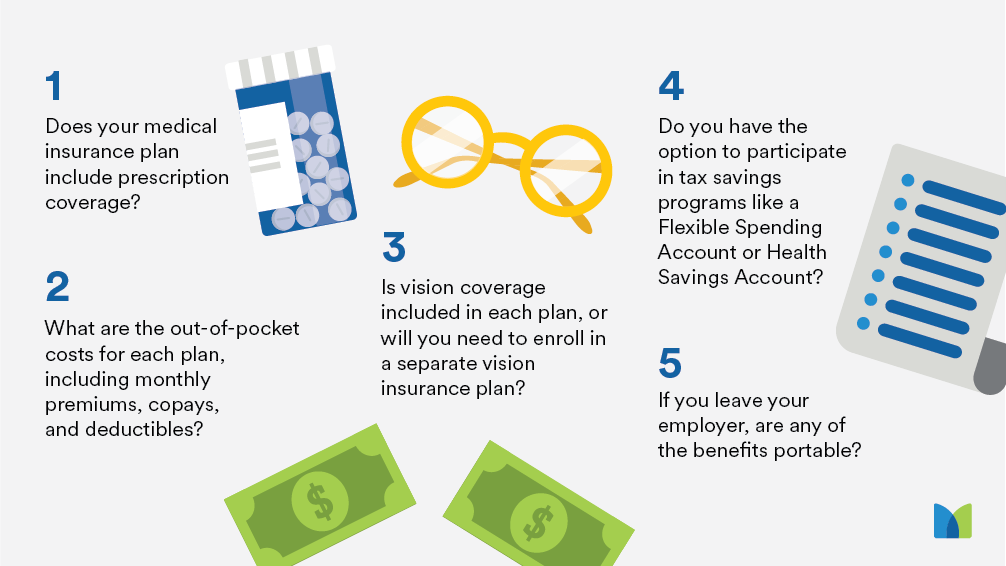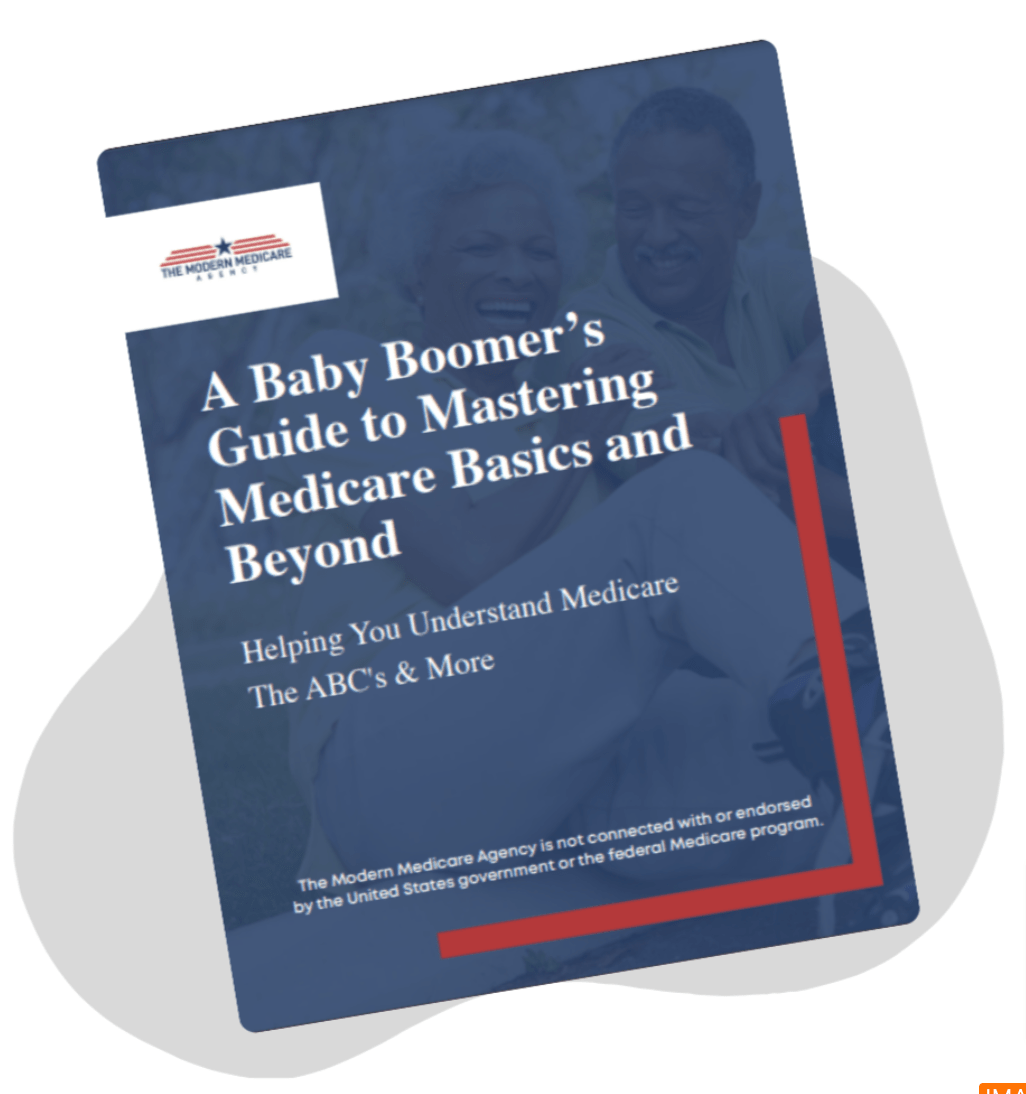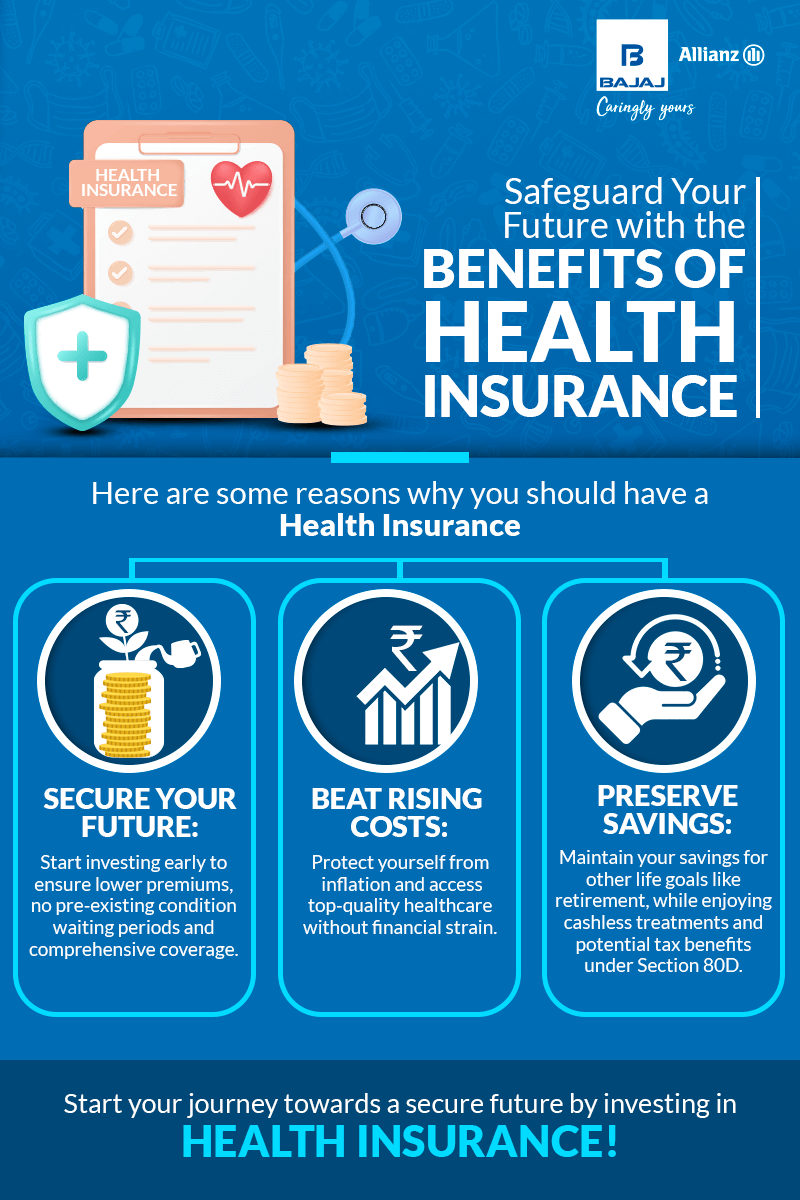What Does Medicare Advantage Agent Mean?
What Does Medicare Advantage Agent Mean?
Blog Article
How Medicare Advantage Agent can Save You Time, Stress, and Money.
Table of ContentsThe Definitive Guide to Medicare Advantage AgentThe Basic Principles Of Medicare Advantage Agent Our Medicare Advantage Agent Diaries


follows from confusing the puzzling young age profile of the uninsured with without insurance better healthMuch better health and wellness average, of younger persons. For those without accessibility to office health insurance coverage, poor health and wellness is a prospective barrier to purchasing nongroup coverage due to the fact that such protection might be very priced, leave out preexisting conditions, or be just unavailable. Unless or else kept in mind, nationwide quotes of people without health insurance and percentages of the population with various kinds of protection are based on the CPS, the most extensively utilized resource of quotes of insurance protection and uninsurance prices.

About Medicare Advantage Agent
Over a three-year period beginning early in 1993, 72 million people, 29 percent of the united state populace, lacked insurance coverage for at the very least one month. Within a single year(1994), 53 million individuals experienced at the very least a month without protection(Bennefield, 1998a). 6 out of every 10 without insurance adults are themselves employed. Although functioning does enhance the chance that and one's relative will have insurance coverage, it is not a warranty. Even members of family members with two permanent wage income earners have practically a one-in-ten chance of being without insurance (9.1 percent without insurance price)(Hoffman and Pohl, 2000 ). The connection in between medical insurance and accessibility to care is well developed, as recorded later on in this chapter. The relationship between health insurance and health and wellness end results is neither straight neither basic, a comprehensive clinical and health and wellness services research study literary works links wellness insurance policy protection
to improved access accessibility care, better much betterHigh quality and improved personal and population populace wellnessStanding For instance, the second record, on personal health and wellness results for without insurance grownups, is represented by the inner circle of the figure, while the third record, on family wellness, incorporates the subjects of the second report yet stresses a different unit of evaluation, namely, the family. The 6th report in the collection will provide information about methods and campaigns taken on locally, statewide, or country wide to deal with the absence of insurance policy and its damaging effects. Levels of analysis for taking a look at the effects of uninsurance. This conversation of wellness insurance coverage focuses mostly on the united state populace under age 65 since virtually all Americans 65 and older have Medicare or various other public protection.
It concentrates especially on those without any kind of health insurance policy for any length of time. The problems encountered by the underinsured remain in some aspects comparable to those dealt with by the uninsured, although they are normally less extreme. Uninsurance and underinsurance, nonetheless, involve distinctly various policy problems, and the strategies for resolving them may vary. Throughout this research and the 5 records to follow, the primary emphasis is on persons without medical insurance and therefore no aid in paying for healthcare past what is readily available with charity and safeguard institutions. Medical insurance is an effective factor impacting invoice of care due to the fact that both patients and medical professionals reply to the out-of-pocket rate of services. Health and wellness insurance coverage, however, is neither needed nor enough to access to clinical services. However, the independent and straight impact of health
insurance policy protection on access to health services is well developed. Others will certainly obtain the healthcare they need also without medical insurance, by paying for it out of pocket or seeking it from carriers that offer treatment free or at extremely subsidized prices. For still others, medical insurance alone does not guarantee receipt of care since of various other nonfinancial article barriers, such as a lack of health care service providers in their neighborhood, limited accessibility to transportation, illiteracy, or etymological and cultural distinctions. Official study regarding uninsured populaces in the USA dates to the late 1920s and very early 1930s when the Board on the Expense of Healthcare generated a series of reports regarding financing medical professional workplace brows through and hospital stays. This issue ended up being salient as the numbers of clinically indigent climbed up during the Great Depression. Empirical research studies consistently support the web link between accessibility to care and improved wellness results(Bindman et al., 1995; Starfield, 1995 see this page ). Having a routine resource of care can be considered a forecaster of accessibility, as opposed to a straight step of it, when health end results are themselves used as access signs. This expansion of the notion of accessibility dimension was made by the IOM Committee on Monitoring Gain Access To to Personal Healthcare Services(Millman, 1993, p. Whether or not moms and dads are insured shows up to affect whether their youngsters receive treatment along with just how much careeven if the youngsters themselves have insurance coverage(Hanson, 1998). The wellness of parents can impact their capacity to take care of their youngsters and the degree of family members stress and anxiety. Stressing over their children's accessibility to care is itself a resource of stress for parents. Three chapters follow in this report. Phase 2 provides an overview of how employment-based medical insurance, public programs and specific insurance coverage run and connect to offer considerable but insufficient coverage of the united state basics populace. This includes an evaluation of historic patterns and public laws influencing both public and personal insurance, a conversation of the interactions amongst the various kinds of insurance coverage, and an exam of why people relocate from one program to an additional or wind up

Report this page